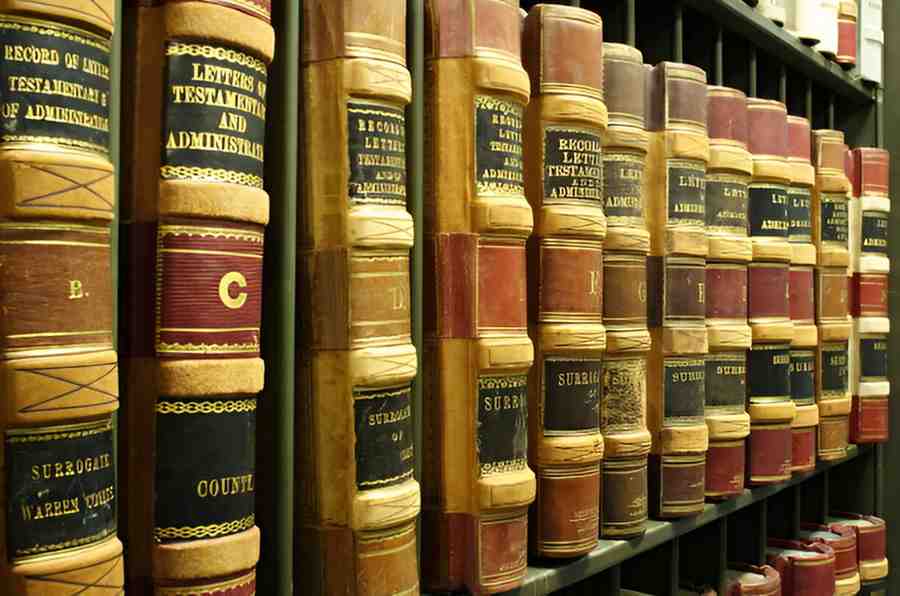International trade fuels economic growth, but not all barriers come in the form of tariffs. Non-tariff trade barriers (NTBs) shape global commerce in subtle yet profound ways. Unlike tariffs, which impose direct taxes on imports, NTBs include quotas, regulations, subsidies, and bureaucratic hurdles that restrict trade without explicit taxation. In this guide, I dissect the mechanics of NTBs, their economic impact, and how businesses navigate them.
Table of Contents
What Are Non-Tariff Trade Barriers?
Non-tariff trade barriers encompass policies that distort trade flows without direct taxation. Governments use them to protect domestic industries, ensure safety, or address political agendas. The World Trade Organization (WTO) identifies several NTB categories:
- Quantitative Restrictions: Import quotas, embargoes, and licensing requirements.
- Technical Barriers: Product standards, labeling laws, and safety certifications.
- Subsidies: Government financial support for domestic producers.
- Administrative Delays: Customs procedures and red tape.
- Sanitary and Phytosanitary (SPS) Measures: Food safety and animal health regulations.
Why NTBs Matter More Than Ever
While global tariffs have declined since the mid-20th century, NTBs have proliferated. The U.S. International Trade Commission estimates NTBs affect 30\% of global trade, costing businesses billions annually. For example, the European Union’s stringent auto emissions standards act as an NTB, forcing U.S. carmakers to modify designs for compliance.
Types of Non-Tariff Barriers
1. Import Quotas and Licensing
Quotas limit the quantity of goods entering a country. The U.S. once imposed sugar import quotas to protect domestic producers, raising prices for consumers. Licensing adds bureaucratic layers—some nations require import permits for agricultural goods, delaying shipments.
Example Calculation:
If Country A restricts wheat imports to 100,000 tons annually, but demand is 150,000 tons, the shortage (50,000 tons) forces domestic prices up.
2. Technical Barriers to Trade (TBT)
Product standards, testing requirements, and labeling laws fall under TBTs. While some ensure safety, others act as disguised protectionism. The U.S. FDA’s food safety rules, though well-intentioned, pose challenges for foreign producers lacking compliance infrastructure.
Comparison Table: U.S. vs. EU Technical Standards
| Category | U.S. Standard | EU Standard |
|---|---|---|
| Automotive Emissions | EPA Tier 3 | Euro 6 |
| Food Labeling | FDA Nutrition Facts | EU Nutritional Declarations |
| Electronics Safety | UL Certification | CE Marking |
3. Subsidies and Domestic Support
Governments subsidize industries to boost competitiveness. The U.S. provides agricultural subsidies under the Farm Bill, distorting global prices. The WTO limits such measures, but enforcement remains contentious.
Economic Impact:
A subsidy of S per unit reduces production costs, shifting the supply curve:
Q_s = a + b(P + S)
Where:
- Q_s = Quantity supplied
- P = Price
- S = Subsidy
4. Sanitary and Phytosanitary (SPS) Measures
SPS rules govern food safety, animal health, and plant hygiene. The U.S. restricts Brazilian beef over foot-and-mouth disease concerns, while Japan’s pesticide limits affect U.S. fruit exports.
The Economic Cost of NTBs
NTBs create deadweight loss—a net economic inefficiency. The welfare loss (DWL) from a quota can be modeled as:
DWL = \frac{1}{2} \times (P_1 - P_0) \times (Q_0 - Q_1)
Where:
- P_0, Q_0 = Free-market price and quantity
- P_1, Q_1 = Post-NTB price and quantity
Real-World Example:
The U.S. chicken industry faces NTBs in South Africa, where anti-dumping duties reduce exports by 15\%.
How Businesses Overcome NTBs
1. Compliance Strategies
Firms invest in certification (e.g., ISO standards) to meet foreign regulations. Tesla adapts its vehicles to comply with both U.S. and EU safety norms.
2. Lobbying and Trade Agreements
The U.S. negotiates NTB reductions in deals like USMCA, which streamlined auto rules of origin.
3. Local Production
To bypass import restrictions, companies like Toyota manufacture locally in the U.S., avoiding Japan’s export constraints.
The Future of NTBs
Geopolitical tensions and climate policies will drive NTB growth. Carbon border taxes, like the EU’s CBAM, could penalize U.S. steel exports lacking green certifications.
Conclusion
Non-tariff trade barriers shape global commerce with complexity. While they protect domestic interests, they also stifle competition and raise consumer costs. Understanding NTBs helps businesses strategize and policymakers balance protectionism with free trade.





